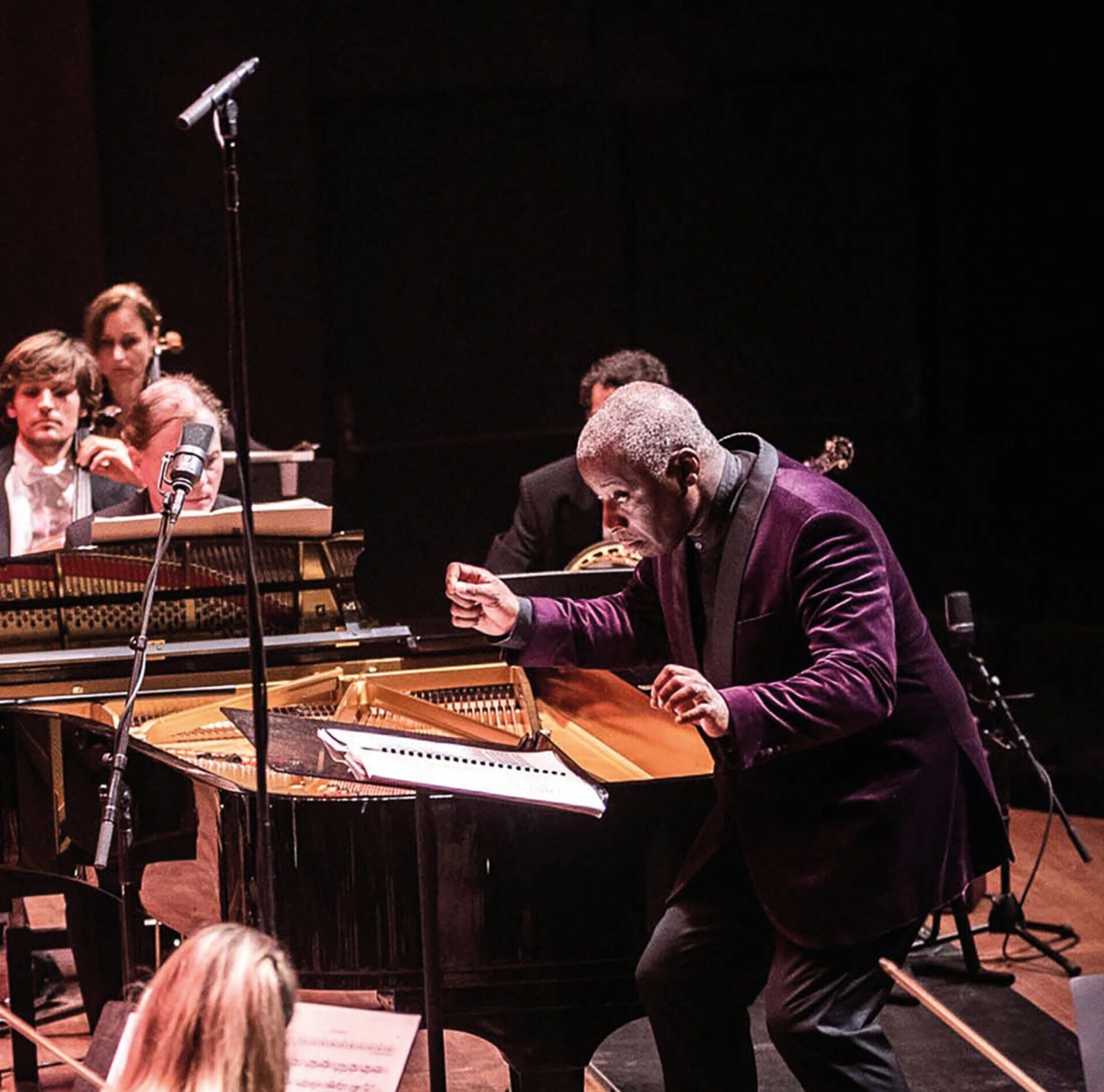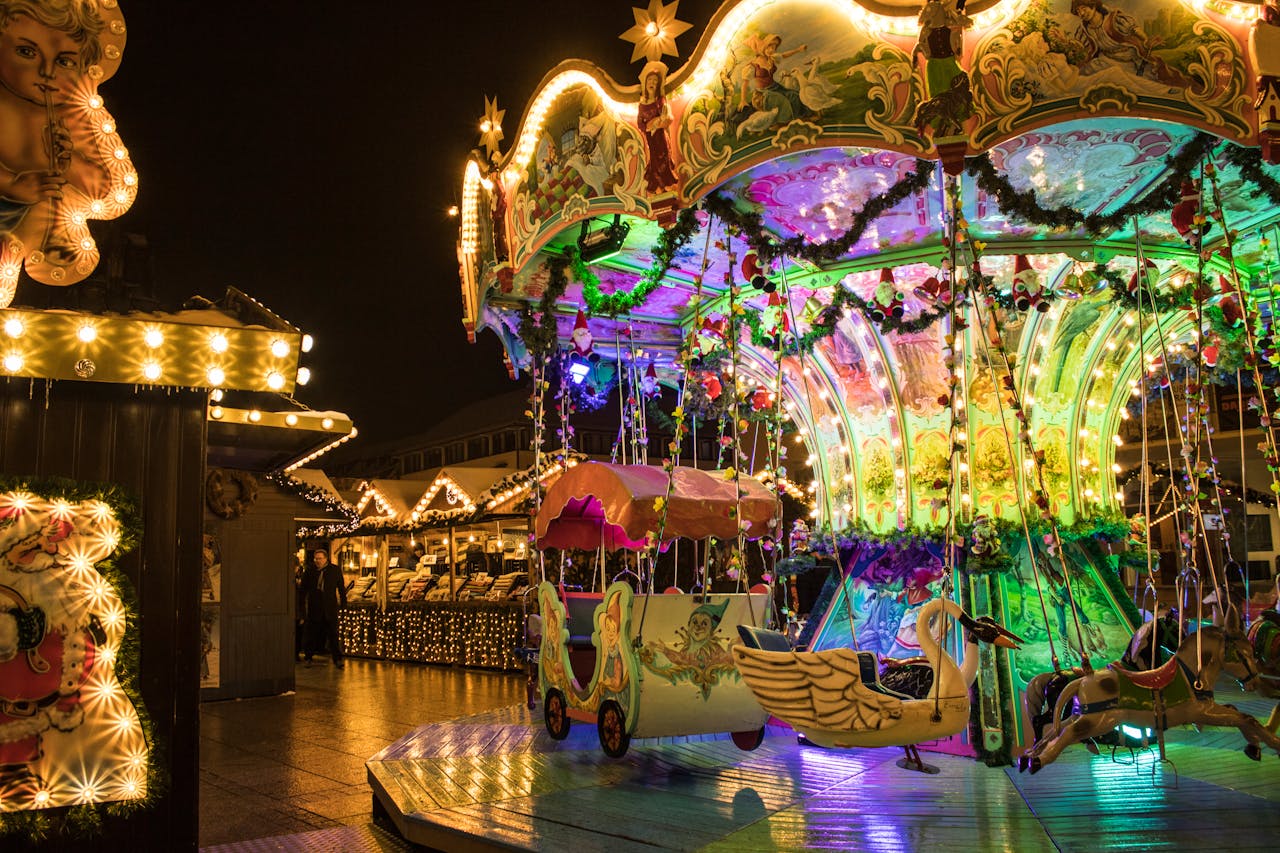
Noord Nederlands Orkest & Wayne Marshall
.jpg)
De Oosterpoort
Trompsingel 27, 9724 DA GroningenWorld-renowned American trumpeter and composer Wynton Marsalis wrote a great work in the optimistic spirit of jazz legend Duke Ellington with Swing Symphony. In seven movements, this unique combo of jazz and classical describes the development from the earliest jazz, ragtime, to the latest that comes with a touch of nostalgia.
With this Swing Symphony, his third, Marsalis covers a wide emotional range. The piece emerged in 2010 from a joint commission from two major American orchestras, among others. Gershwin, Bernstein and Copland were the inspiration. Symphony orchestra, the big band of the Prince Claus Conservatory of Music and several jazz soloists from New York unite for the performance at De Oosterpoort on Thursday, Nov. 14.
Beforehand, the ZO! Gospel Choir will perform gospel songs, which showcase like no other music from which jazz emerged. These spirituals were the songs as melancholy as they were alluring that African-Americans sang as slaves in the cotton fields of America’s southern states in the nineteenth century.
World-renowned American trumpeter and composer Wynton Marsalis wrote a great work in the optimistic spirit of jazz legend Duke Ellington with Swing Symphony. In seven movements, this unique combo of jazz and classical describes the development from the earliest jazz, ragtime, to the latest that comes with a touch of nostalgia.
With this Swing Symphony, his third, Marsalis covers a wide emotional range. The piece emerged in 2010 from a joint commission from two major American orchestras, among others. Gershwin, Bernstein and Copland were the inspiration. Symphony orchestra, the big band of the Prince Claus Conservatory of Music and several jazz soloists from New York unite for the performance at De Oosterpoort on Thursday, Nov. 14.
Beforehand, the ZO! Gospel Choir will perform gospel songs, which showcase like no other music from which jazz emerged. These spirituals were the songs as melancholy as they were alluring that African-Americans sang as slaves in the cotton fields of America’s southern states in the nineteenth century.




